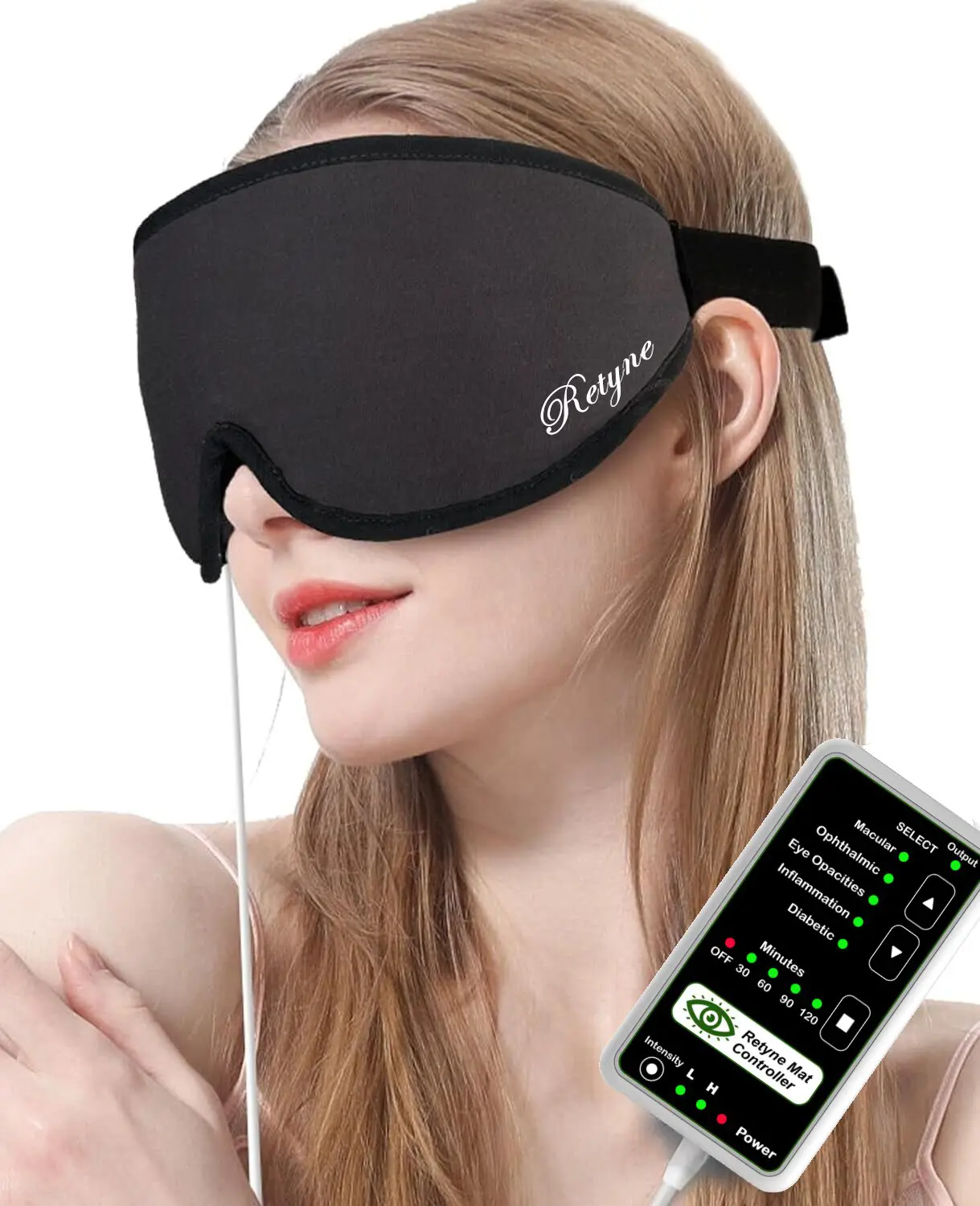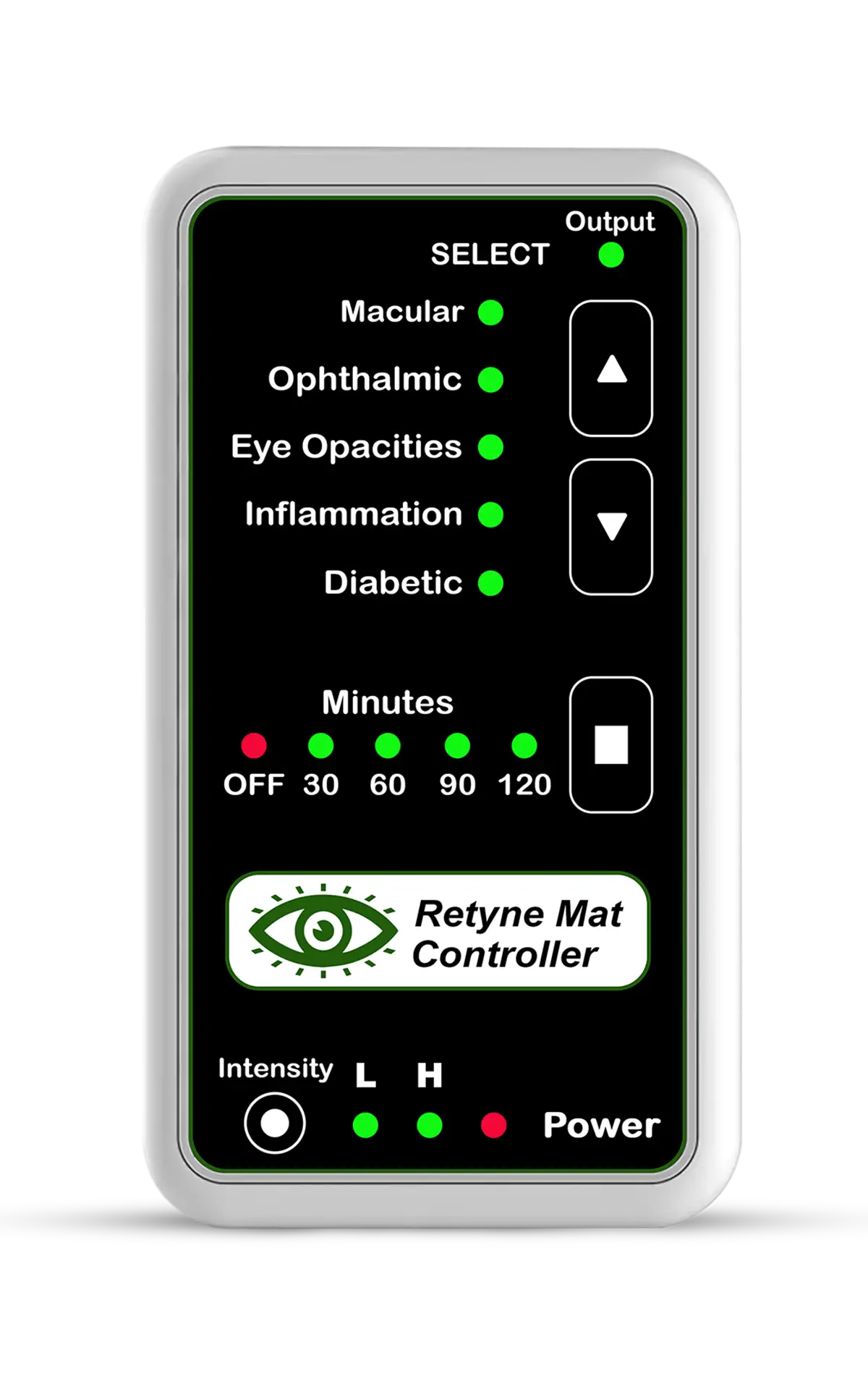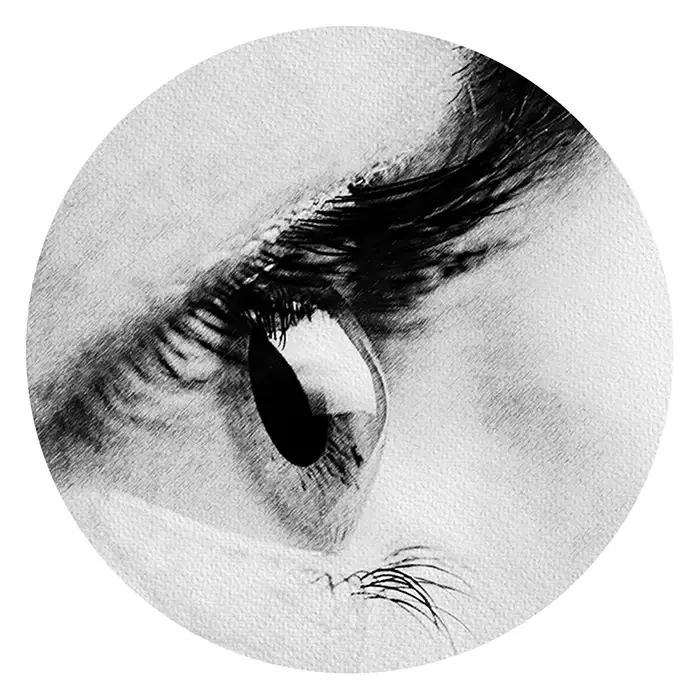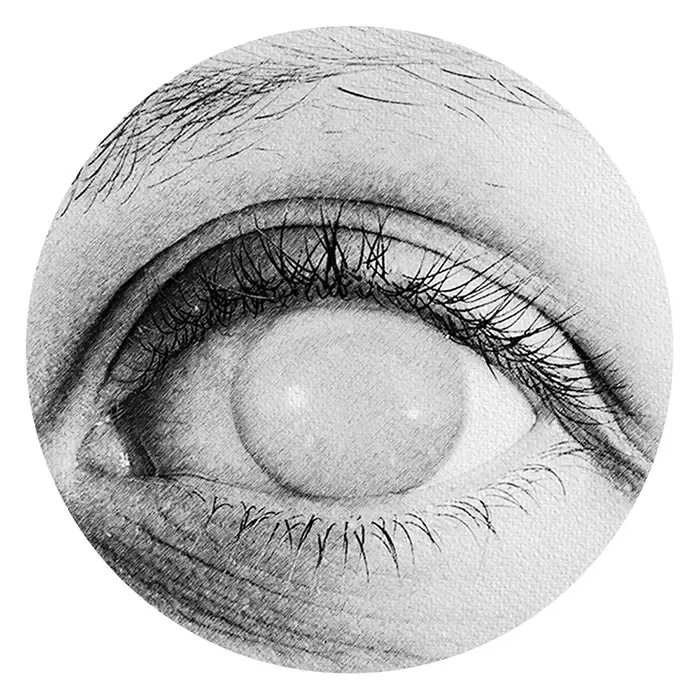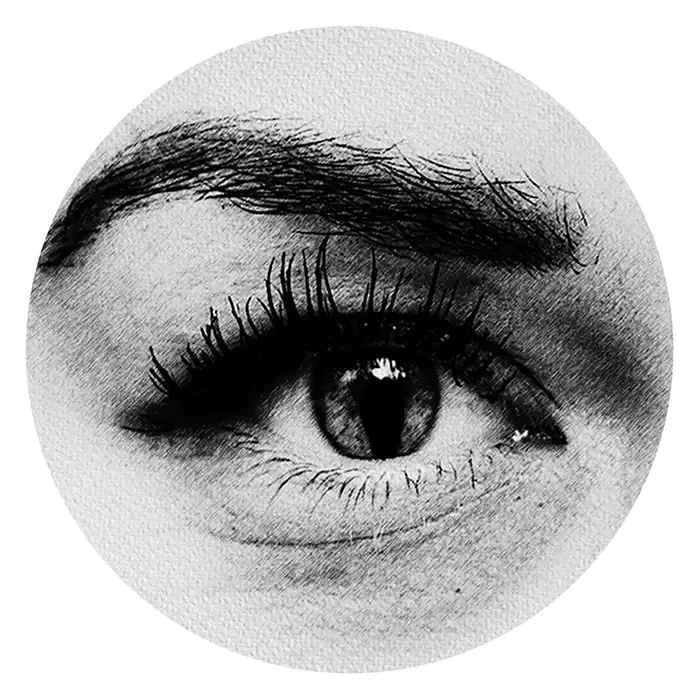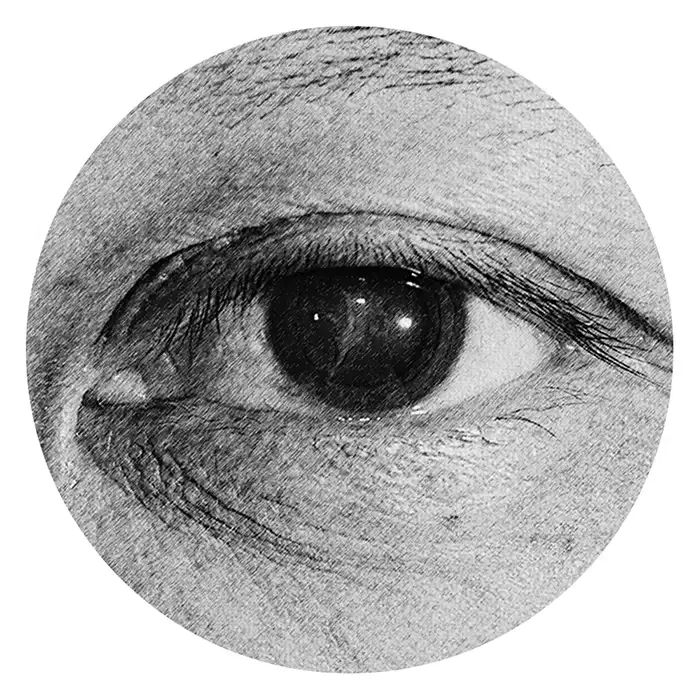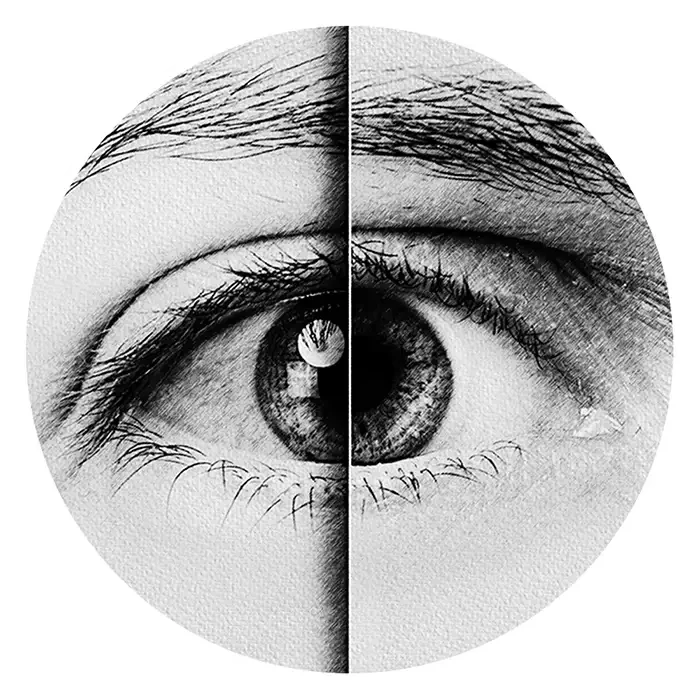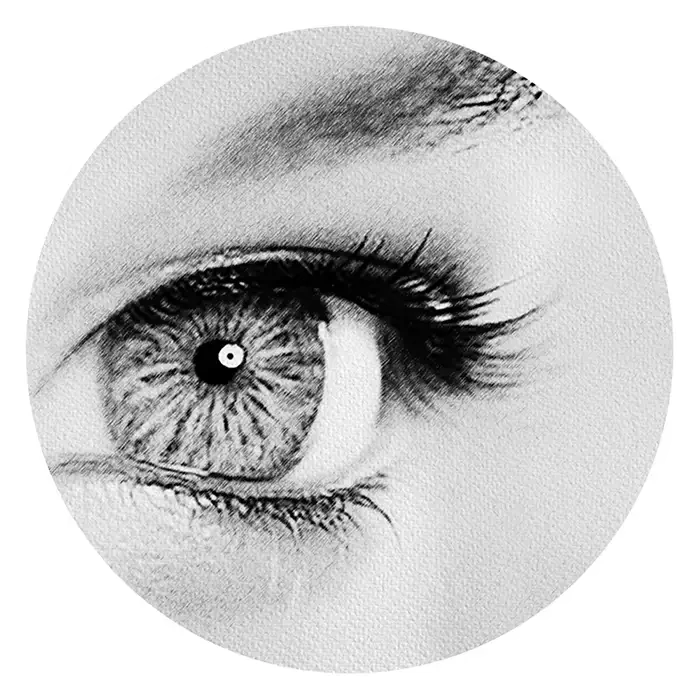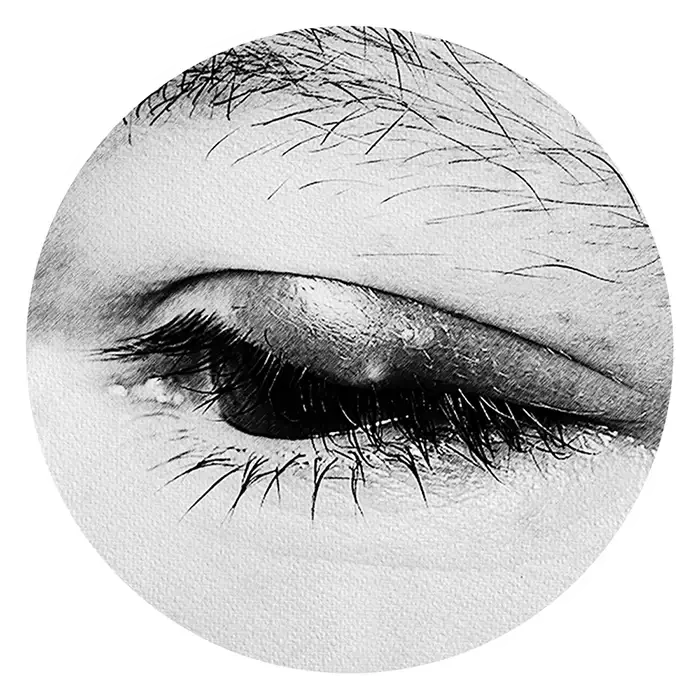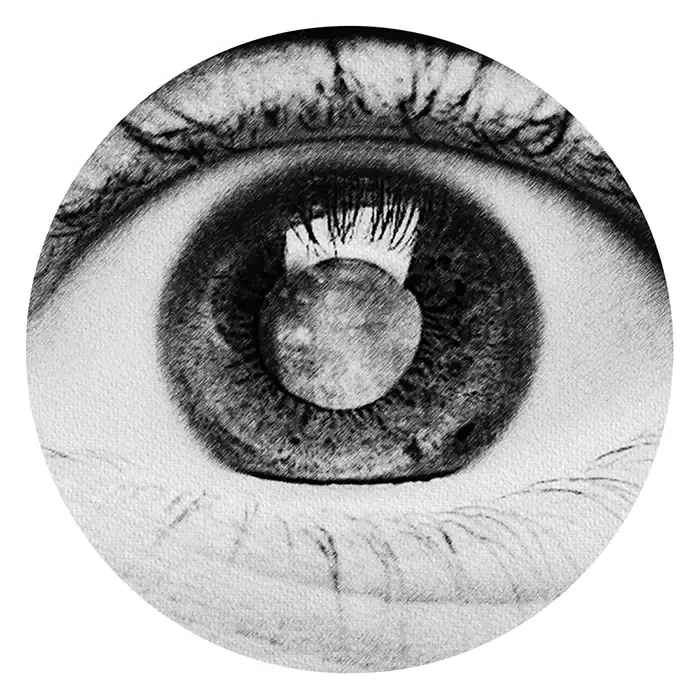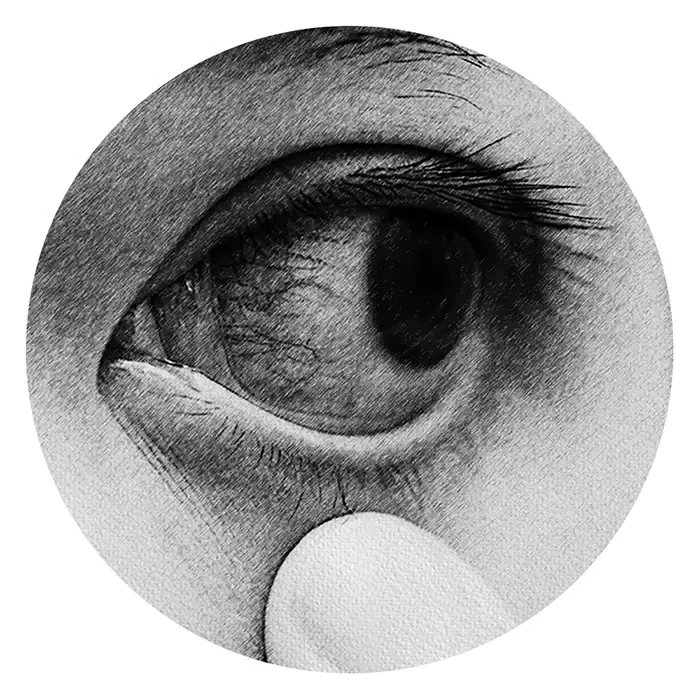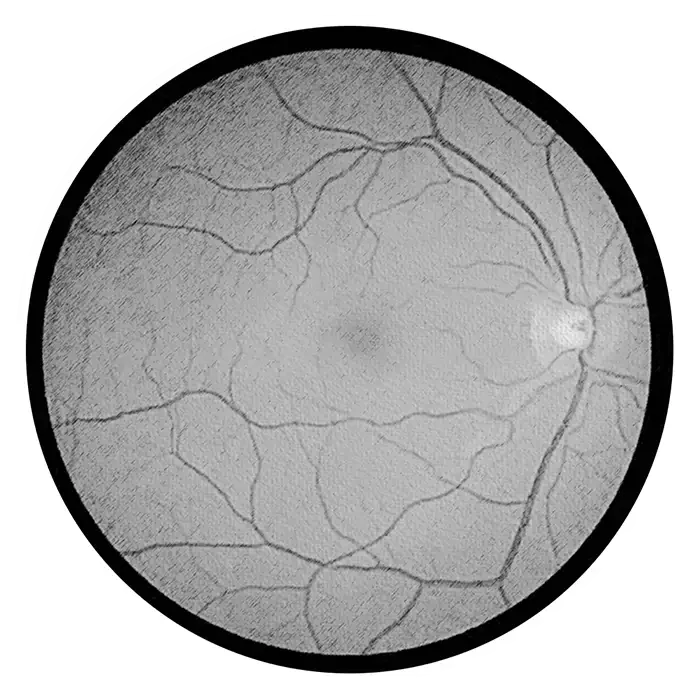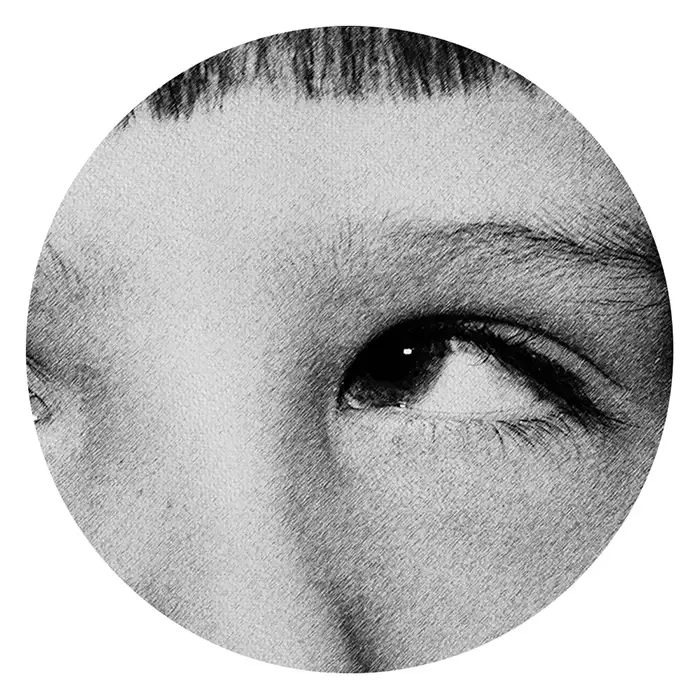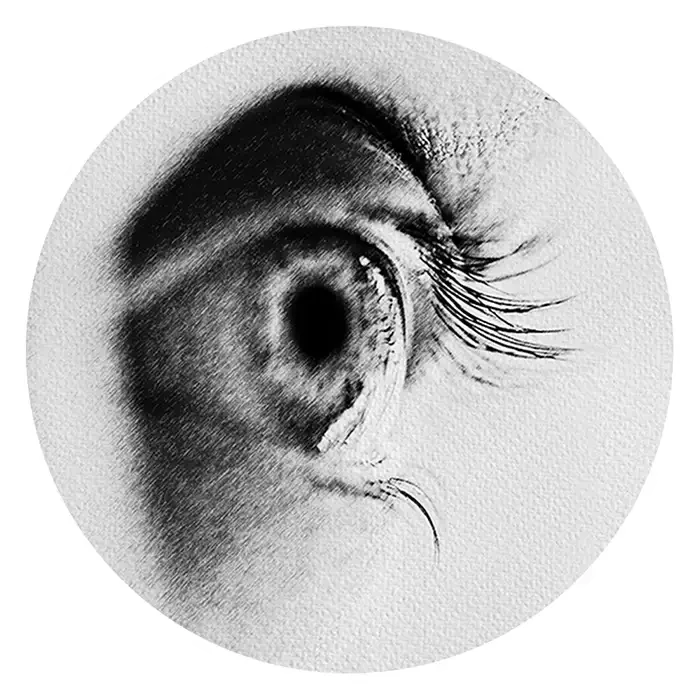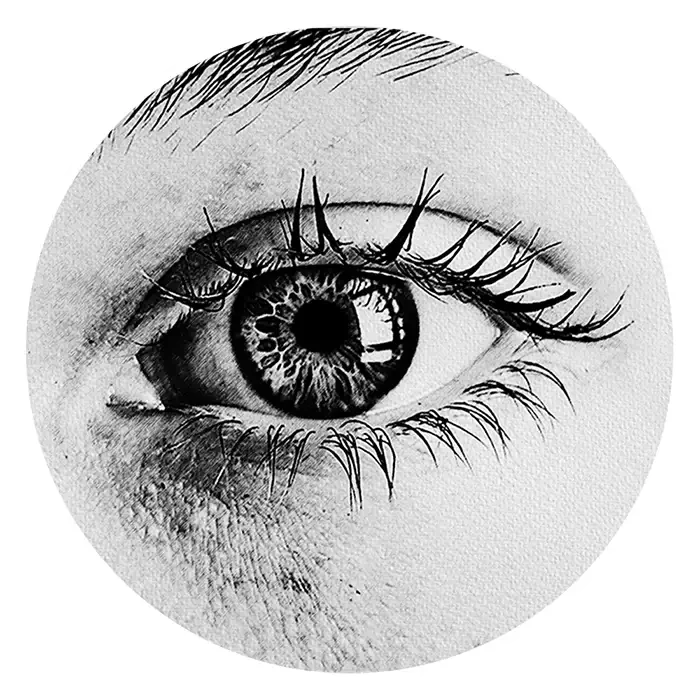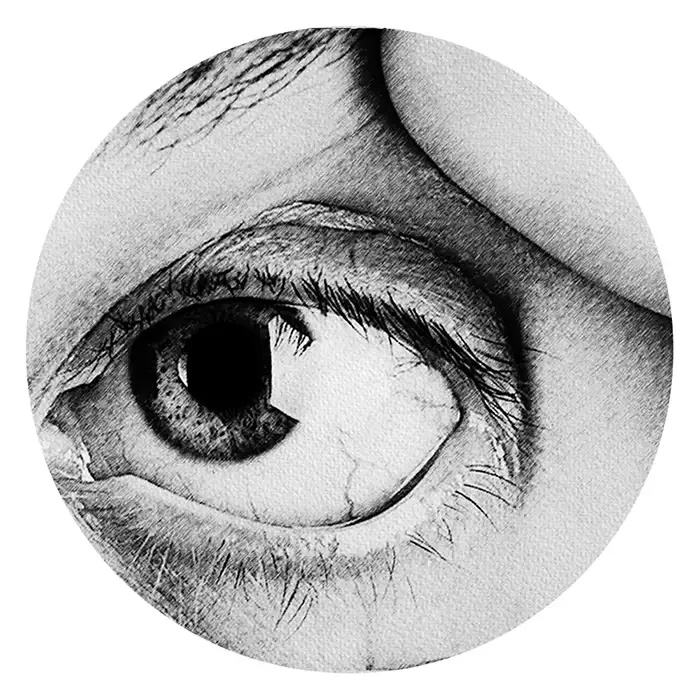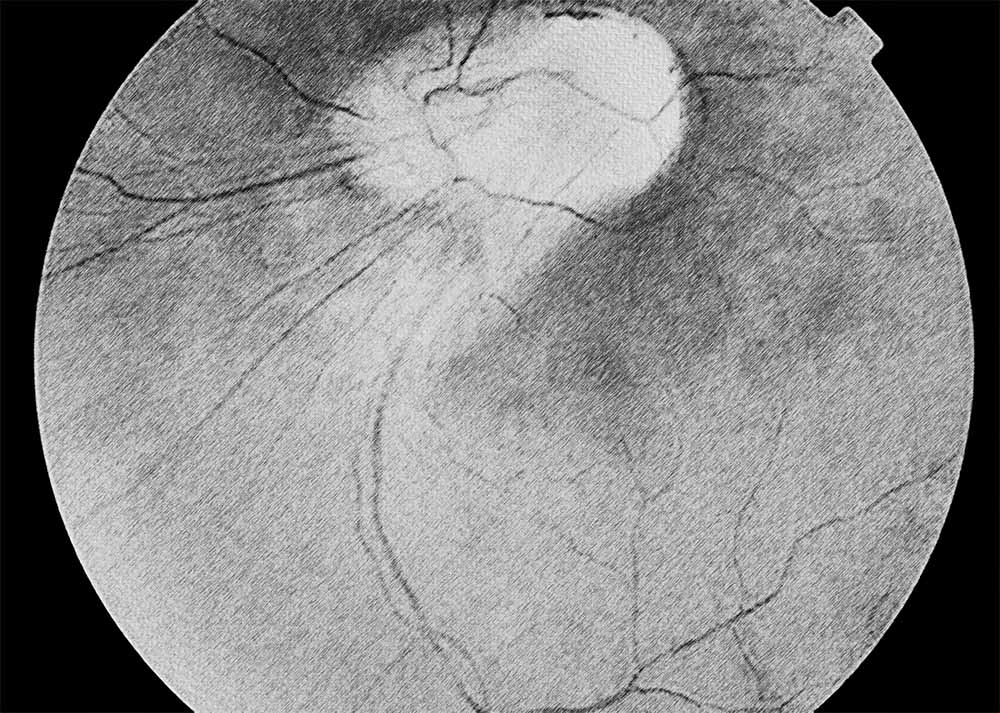
Treating Retinopathy of Prematurity with Infrared Light Therapy
Retinopathy of Prematurity (ROP) is a potentially blinding disorder that primarily affects premature infants, especially those born before 31 weeks of gestation or weighing less than 1500 grams at birth. ROP occurs due to abnormal development of retinal blood vessels in premature infants, leading to characteristic changes in the retina. There are two main stages of ROP: early stage, characterized by abnormal blood vessel growth (neovascularization), and advanced stage, where this abnormal growth can progress to retinal detachment, causing severe vision loss or blindness if left untreated.
Diagnosis and Classification:
Diagnosis of ROP involves regular screening examinations by an ophthalmologist using indirect ophthalmoscopy and sometimes imaging modalities such as wide-field digital retinal photography or fluorescein angiography. ROP is classified into stages based on the extent of abnormal blood vessel growth, zones based on the location within the retina, and plus disease based on the severity of retinal vessel dilation. Classification guides treatment decisions and prognosis.
Relationship to Eye Infections and Inflammation:
While ROP is primarily a disorder of aberrant retinal vascular development, inflammation and infection may exacerbate its progression. Inflammatory mediators released in response to neonatal sepsis or systemic infections can contribute to vascular instability and exacerbate the ischemic environment in the developing retina. Additionally, infectious agents such as cytomegalovirus (CMV) or herpes simplex virus (HSV) can directly affect retinal development, increasing the risk of ROP.
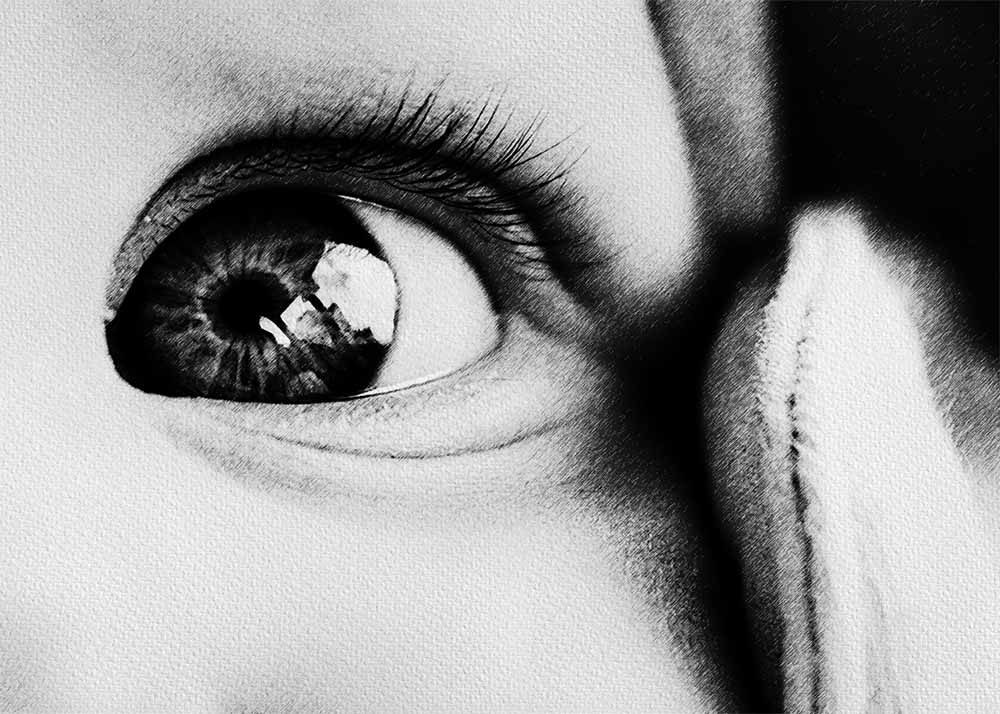
Treatment and Management:
Management of ROP depends on the severity and stage of the disease. Mild cases may resolve spontaneously without intervention, while advanced stages may require treatment to prevent retinal detachment and vision loss. Treatment options include laser photocoagulation, which destroys abnormal blood vessels, or intravitreal injections of anti-vascular endothelial growth factor (VEGF) agents, which inhibit abnormal vessel growth. In severe cases, surgical interventions such as vitrectomy may be necessary to repair retinal detachments.
Role of Retyne Infrared Eye Treatment:
The Retyne Infrared Eye Treatment mask offers a promising adjunctive therapy for ROP management. Program #4 on the Retyne controller delivers invisible infrared light to the affected retina, promoting vasodilation, enhancing blood flow, and reducing inflammation. By improving retinal perfusion and mitigating ischemic damage, infrared therapy may help stabilize the retinal vasculature and reduce the risk of disease progression in premature infants with ROP. This non-invasive treatment modality presents a valuable addition to conventional approaches for ROP management, offering potential benefits in optimizing visual outcomes and reducing the burden of this sight-threatening condition.
Retinopathy of Prematurity poses significant challenges in the care of premature infants, necessitating early detection and appropriate management to prevent vision loss. While ROP primarily involves abnormal retinal vascular development, inflammatory and infectious factors may exacerbate its progression. The Retyne Infrared Eye Treatment Mask, through program #4, offers a promising therapeutic approach to complement conventional treatments for ROP, leveraging the benefits of invisible infrared light to promote retinal perfusion and reduce inflammation. This innovative treatment modality holds promise in improving visual outcomes and enhancing the overall management of ROP, offering hope for premature infants affected by this potentially blinding condition.
The Retyne eye treatment mask utilizes a general selection of frequencies (0.06, 0.5, 0.87, 12.85, 27.5, 141, 301.23, 453.02, 783.4, 825.03 ) tailored to address the symptoms related to Retinopathy of Prematurity. These frequencies have been meticulously chosen for their proven effectiveness in managing and treating this visual condition.
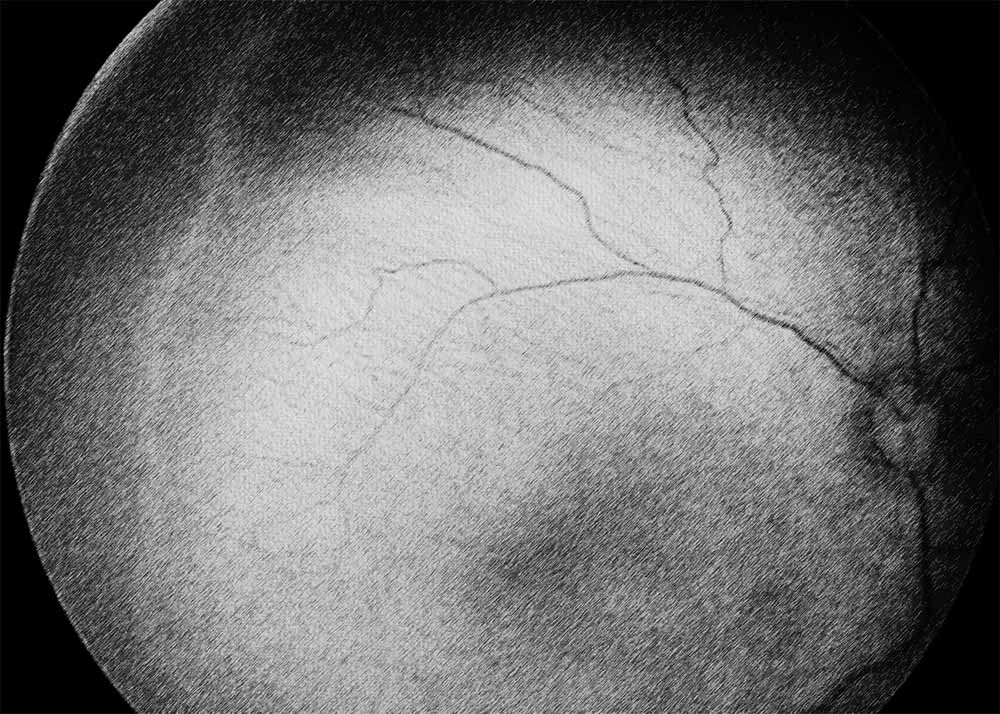
Retyne's approach involves converting each frequency into invisible infrared light output, marking a groundbreaking fusion of frequencies with light—a pioneering technology pioneered by Retyne Labs. Inspired by the groundbreaking work of Dr. Rife, who identified healing properties in specific frequencies and utilized light for their transmission, Retyne's innovative method capitalizes on current research on invisible infrared technology and builds upon past studies on light transmission through frequency sources. The result is the Retyne eye Treatment Mask, a convergence of state-of-the-art advancements in the field of visual care.
Moreover, for those utilizing advanced hardware such as the RDPV4, a secondary set of alternate frequencies for Retinopathy of Prematurity: 0.15, 0.18, 0.8, 5.5, 33.2, 172.3, 471.2, 557.82, 603.44, 921.88 is available. The RDPv4 offers an expanded range of frequencies, finely calibrated to provide even greater precision in addressing this eye disorder. By incorporating this secondary set of frequencies, the RDPV4 elevates the potential therapeutic benefits of the Retyne eye Treatment Mask, catering to individuals seeking advanced solutions for their visual health needs.
A Retinopathy of Prematurity Compatibile group exists at program 1233 (0.06, 0.5, 0.87, 12.85, 27.5, 141, 301.23, 453.02, 783.4, 825.03 )
A Retinopathy of Prematurity Alternate group exists at program 2950: Retinal disorders: 0.15, 0.18, 0.8, 5.5, 33.2, 172.3, 471.2, 557.82, 603.44, 921.88
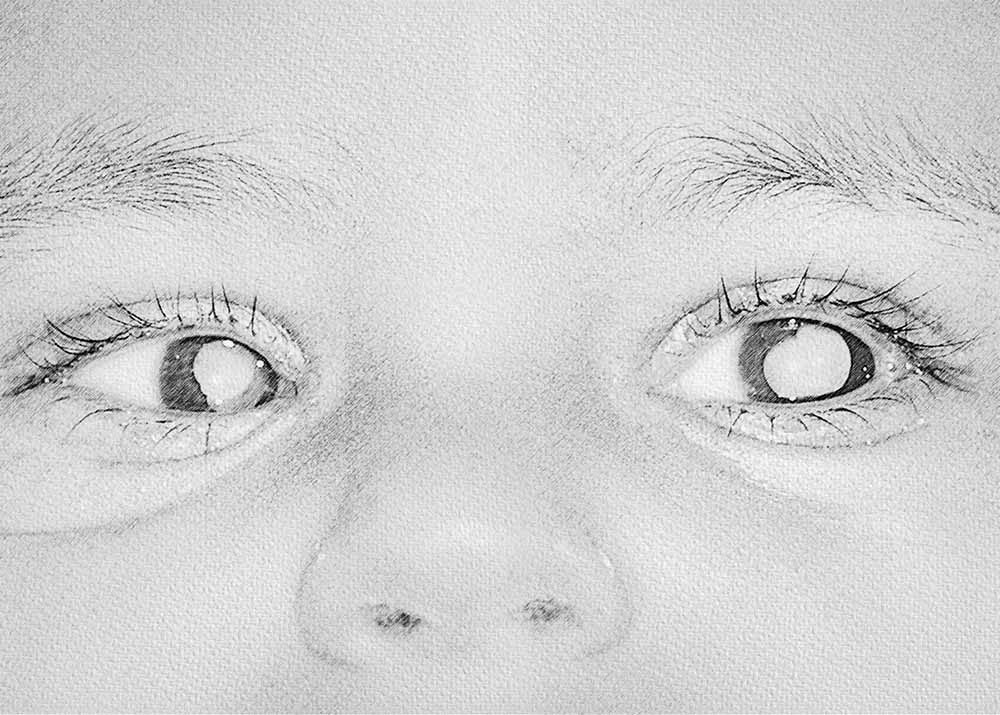
Compatibility
Standalone controller (Program #4) (Controller shipped with Retyne Eye Treatment Mask)
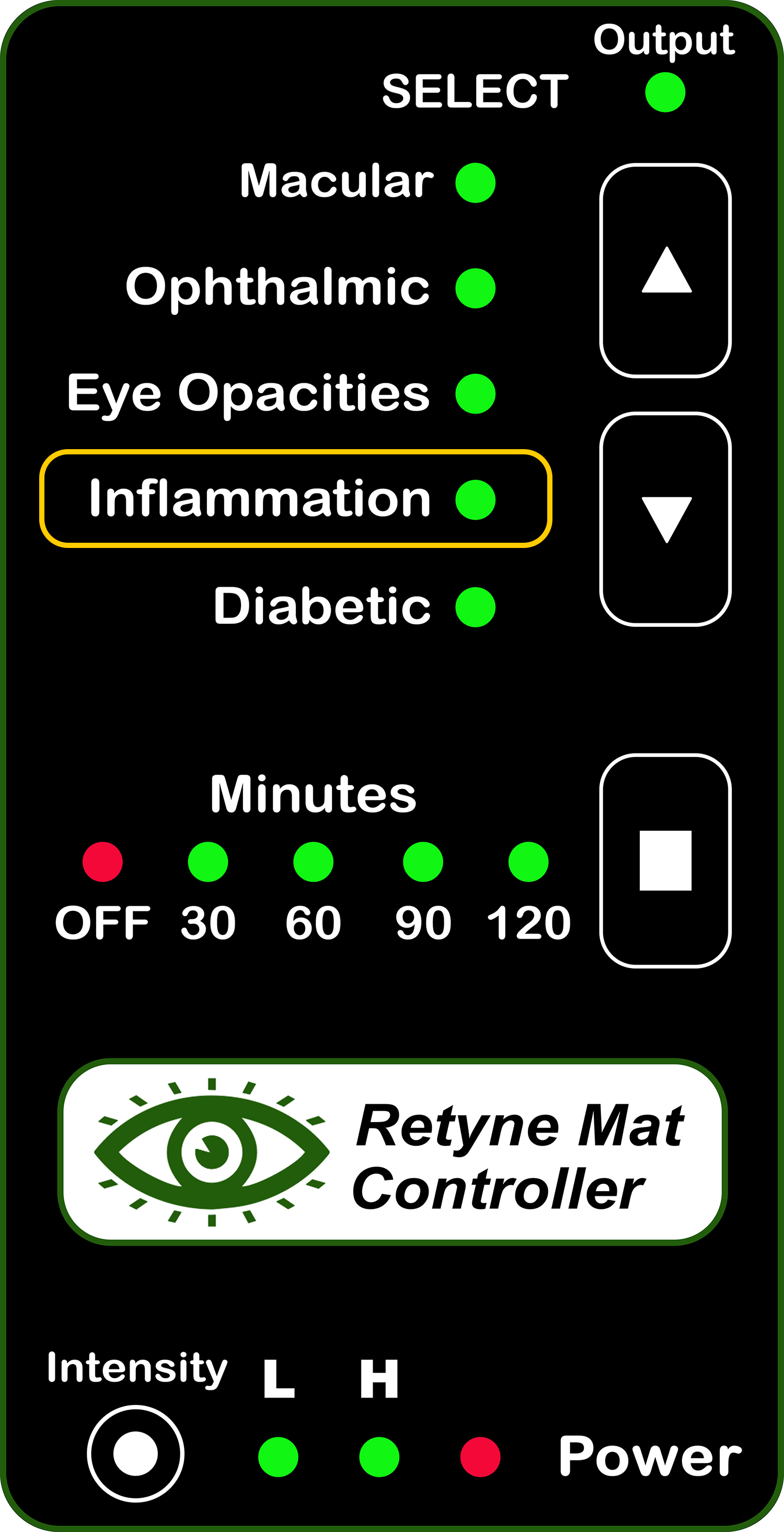
RDPV4 (Direct connect, use group 2950)
RDPV4 Light Mask Program button 4
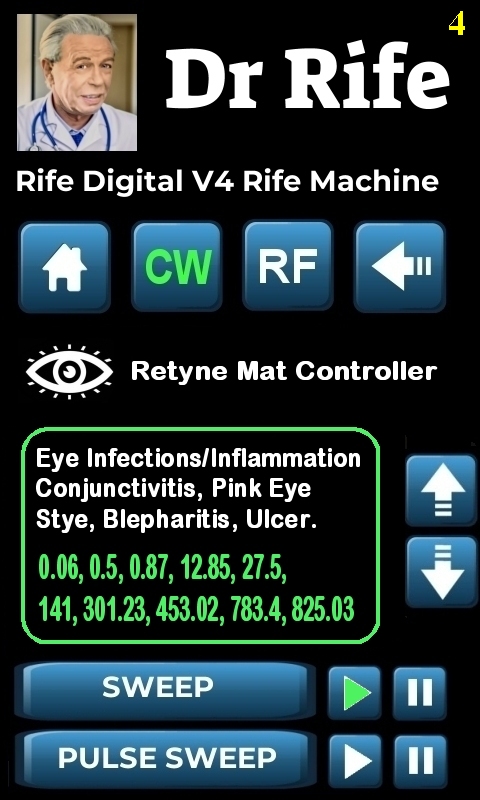
Click here for instructions on using the Retyne Mask + Controller
